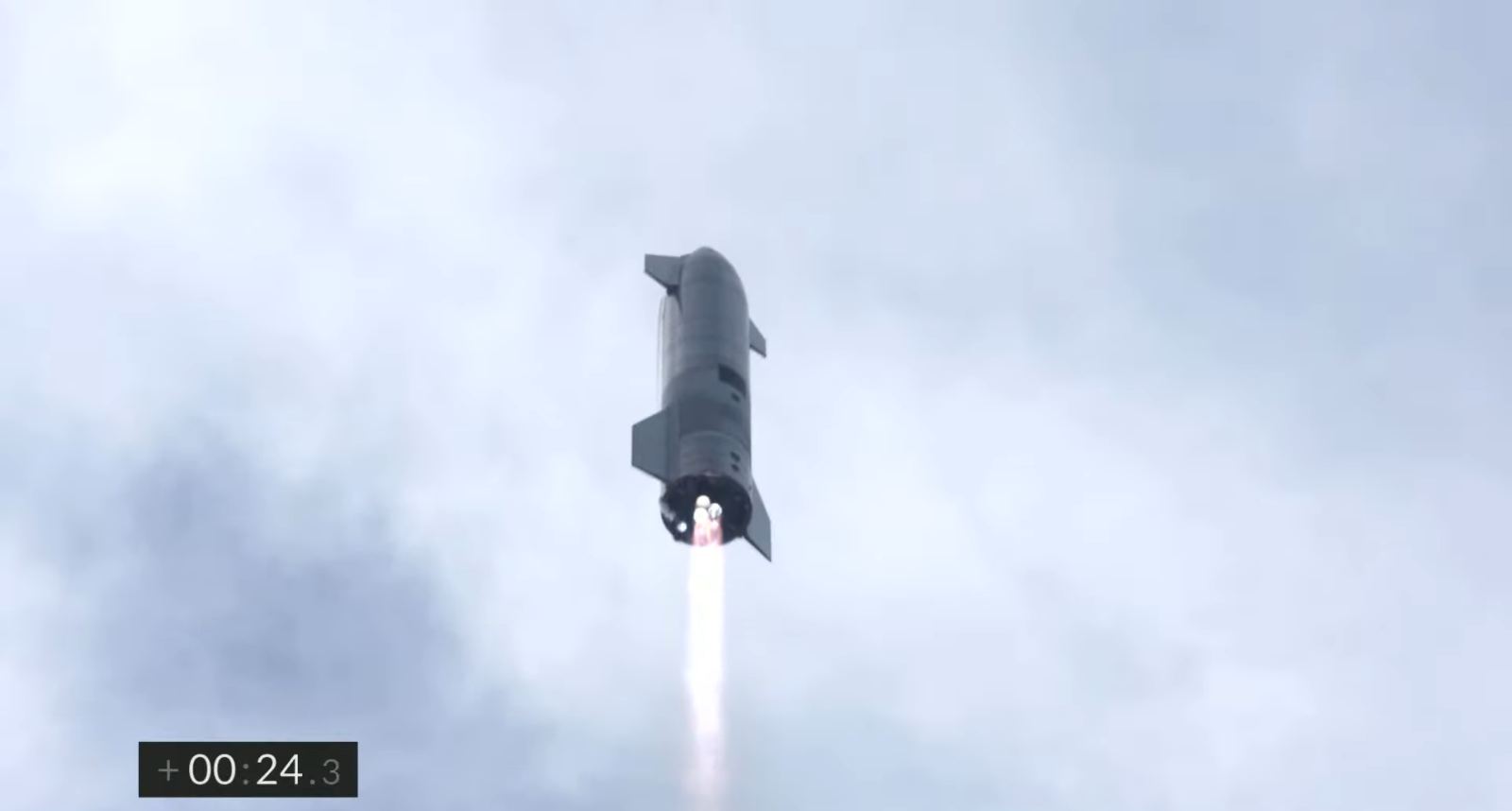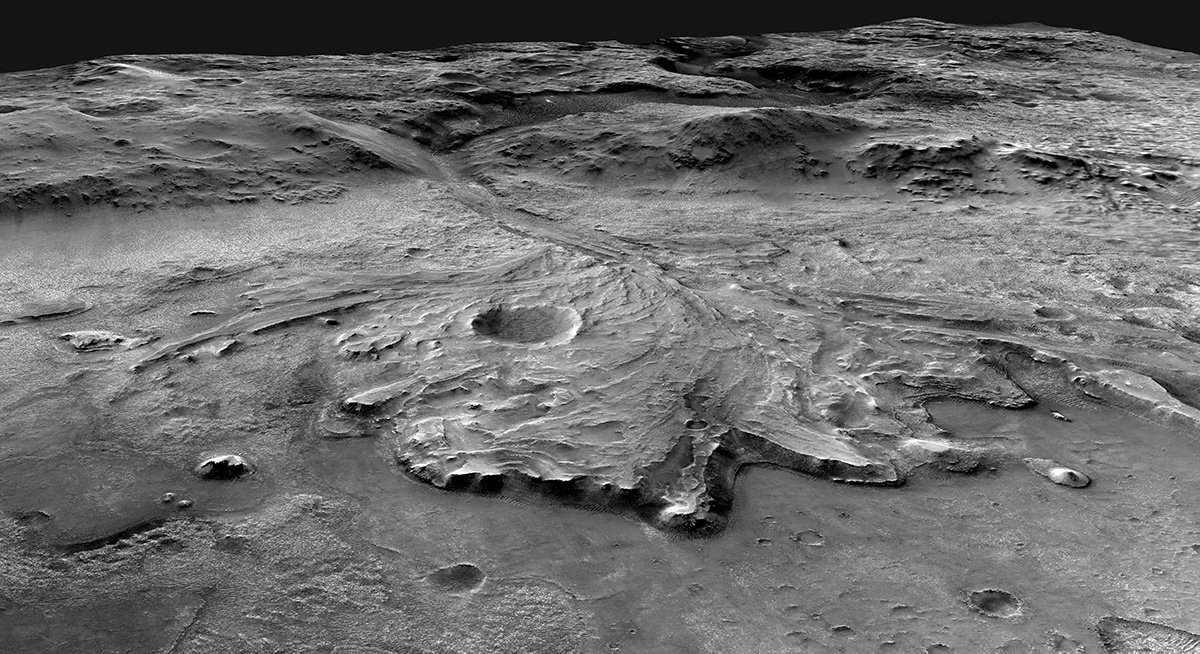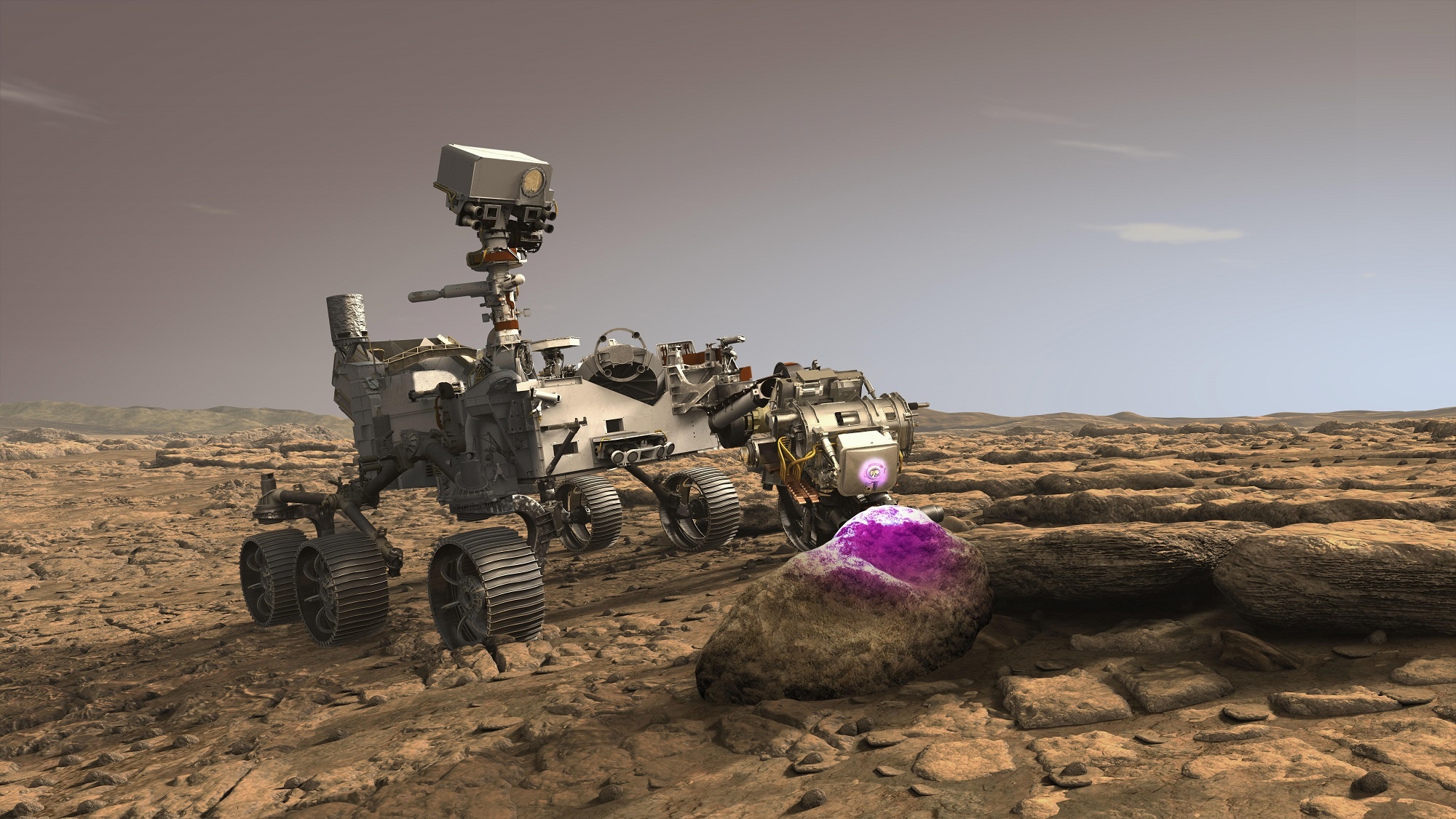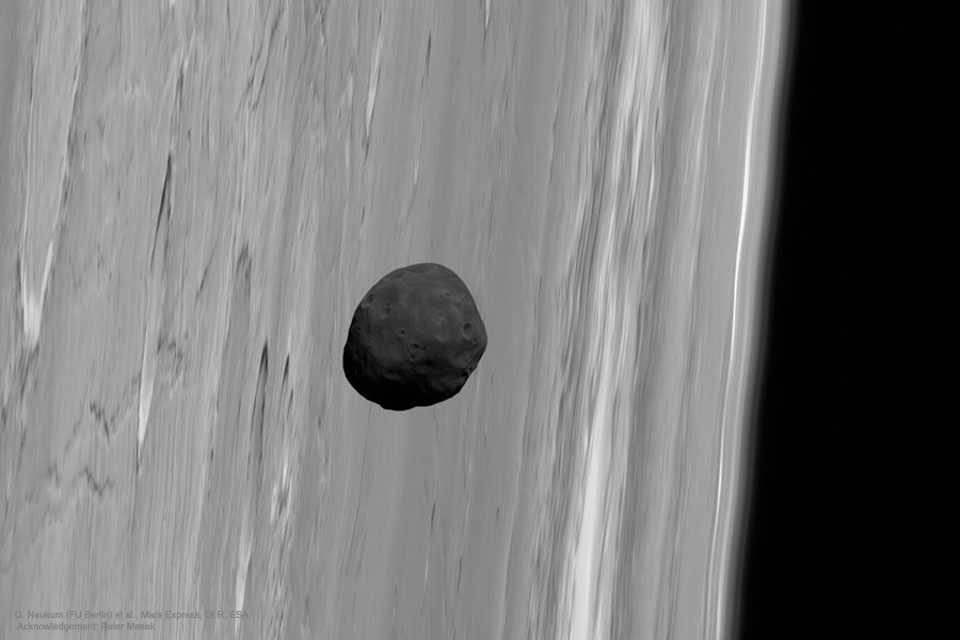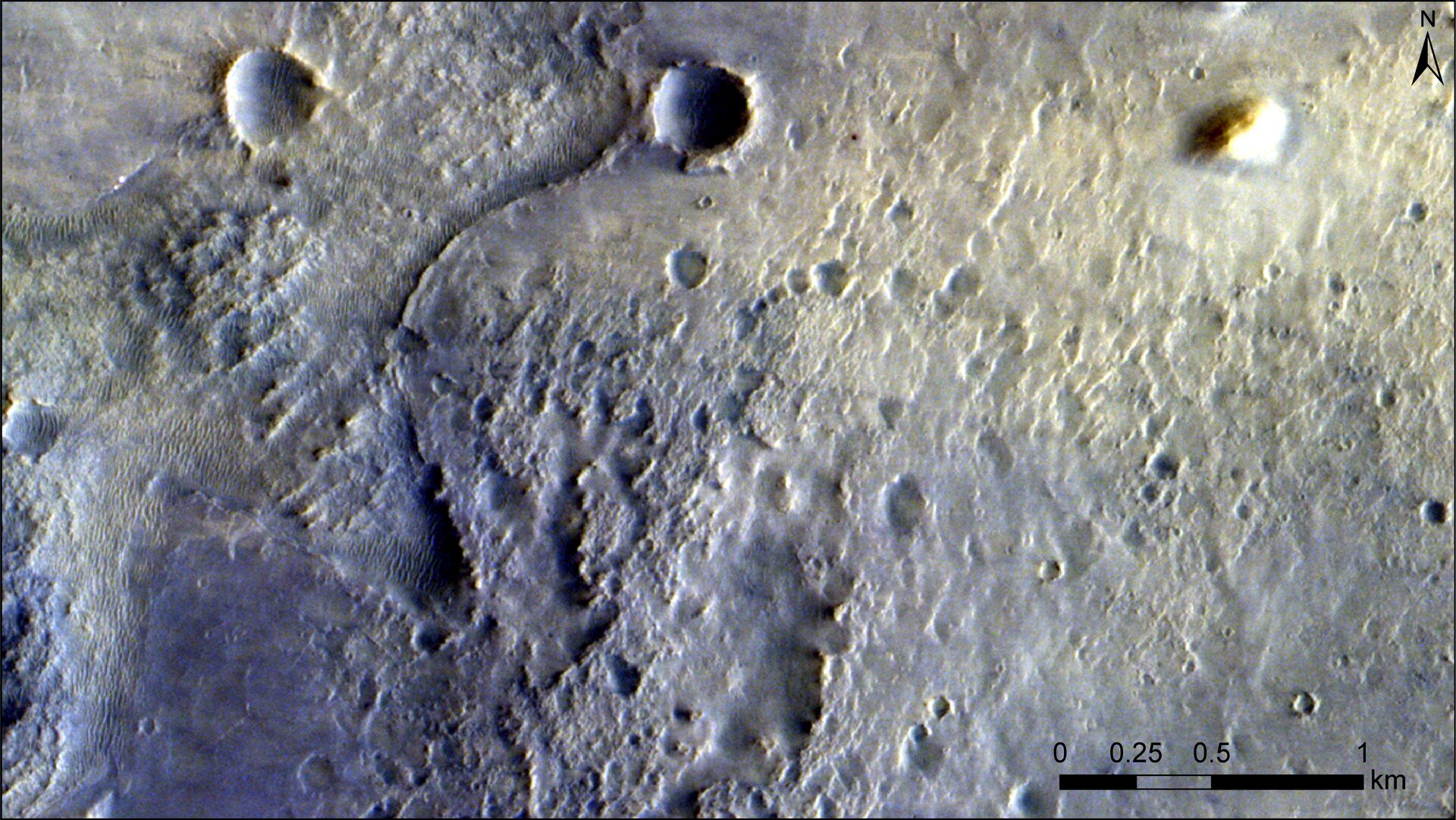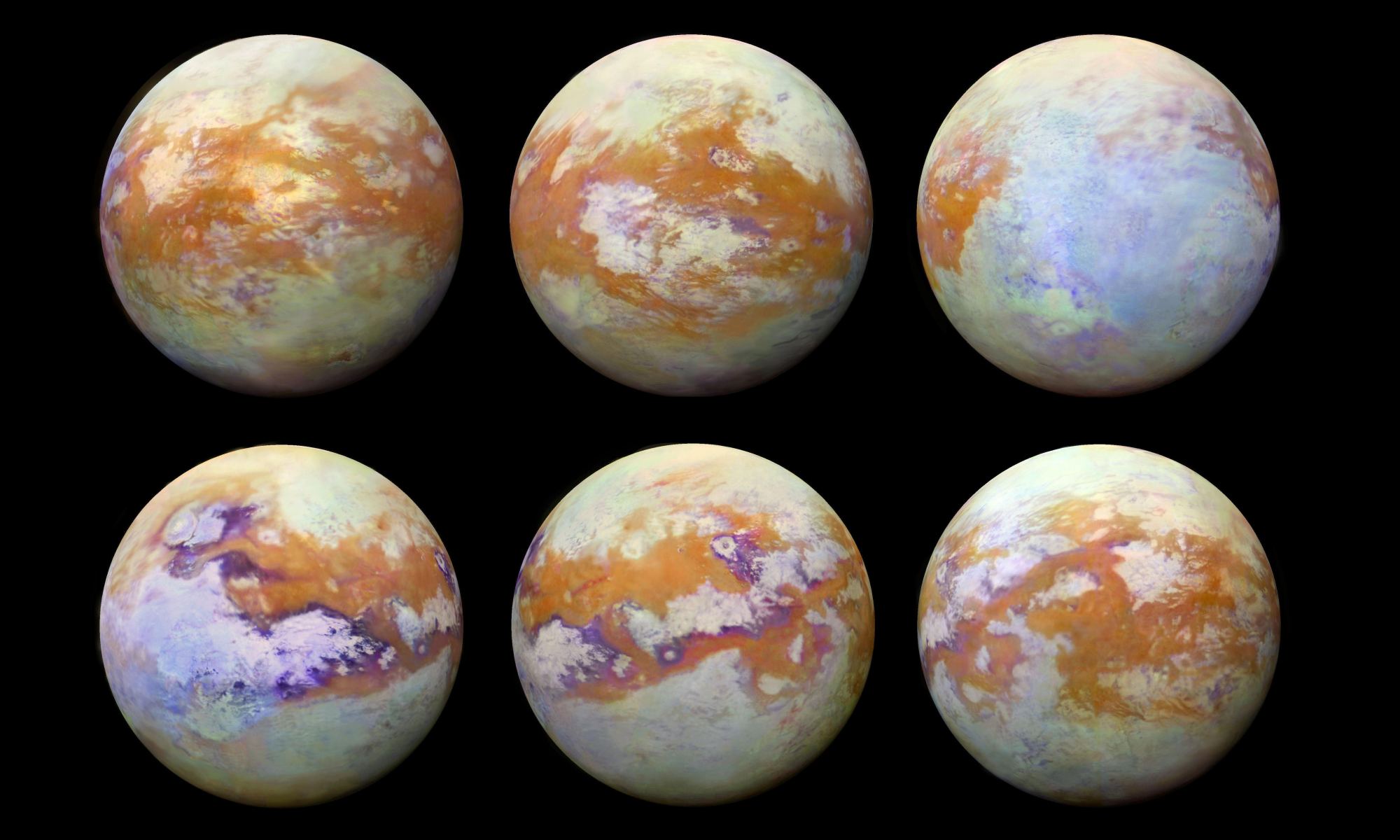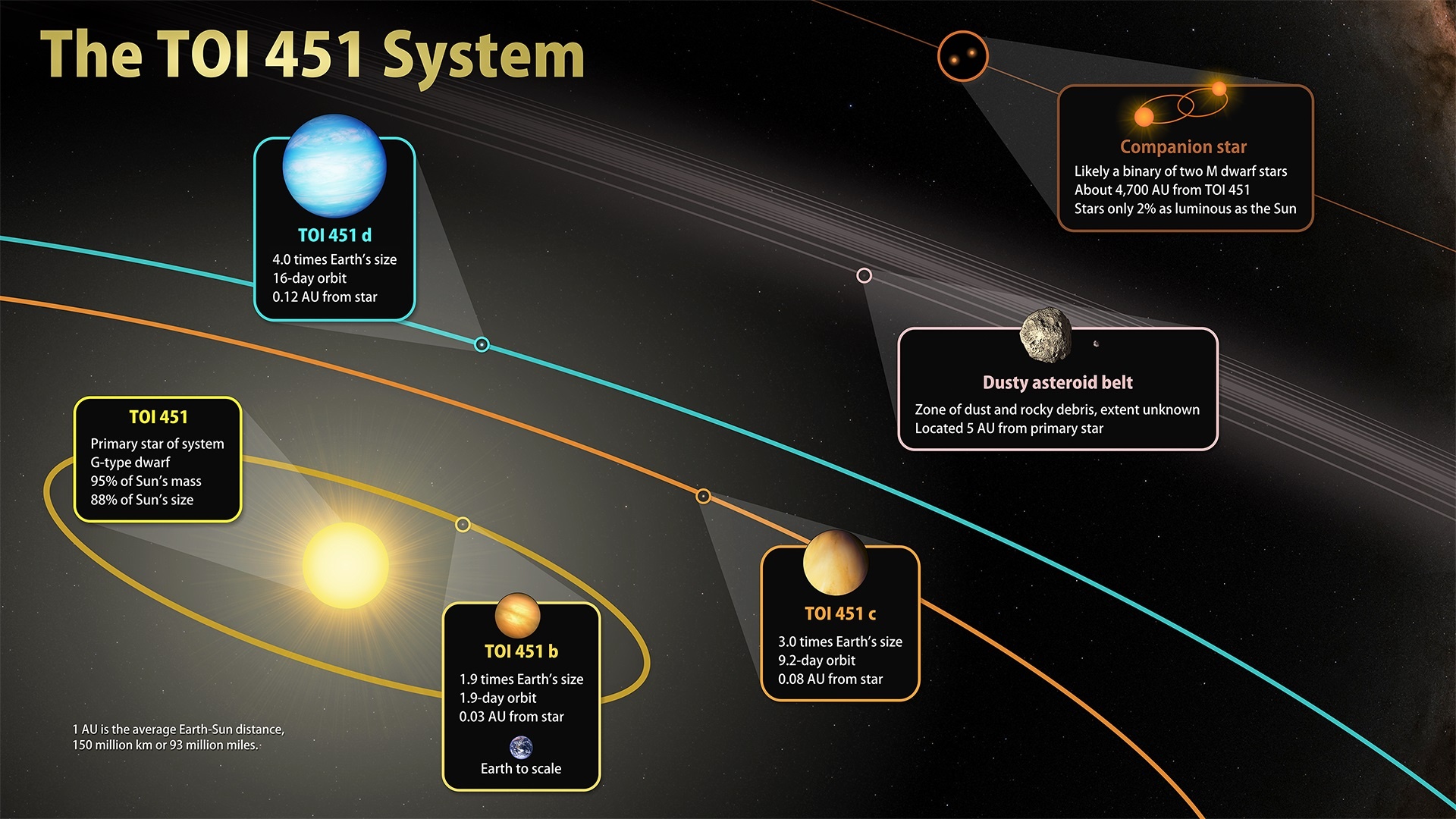On Titan, Saturn’s largest moon, it rains on a regular basis. As with Earth, these rains are the result of liquid evaporating on the surface, condensing in the skies, and falling back to the surface as precipitation. On Earth, this is known as the hydrological (or water) cycle, which is an indispensable part of our climate. In Titan’s case, the same steps are all there, but it is methane that is being exchanged and not water.
In recent years, scientists have found evidence of similar patterns involving exoplanets, with everything from molten metal to lava rain! This raises the question of just how exotic the rains may be on alien worlds. Recently, a team of researchers from Havard University conducted a study where they researched how rain would differ in a diverse array of extrasolar planetary environments.
Continue reading “How Would Rain be Different on an Alien World?”

